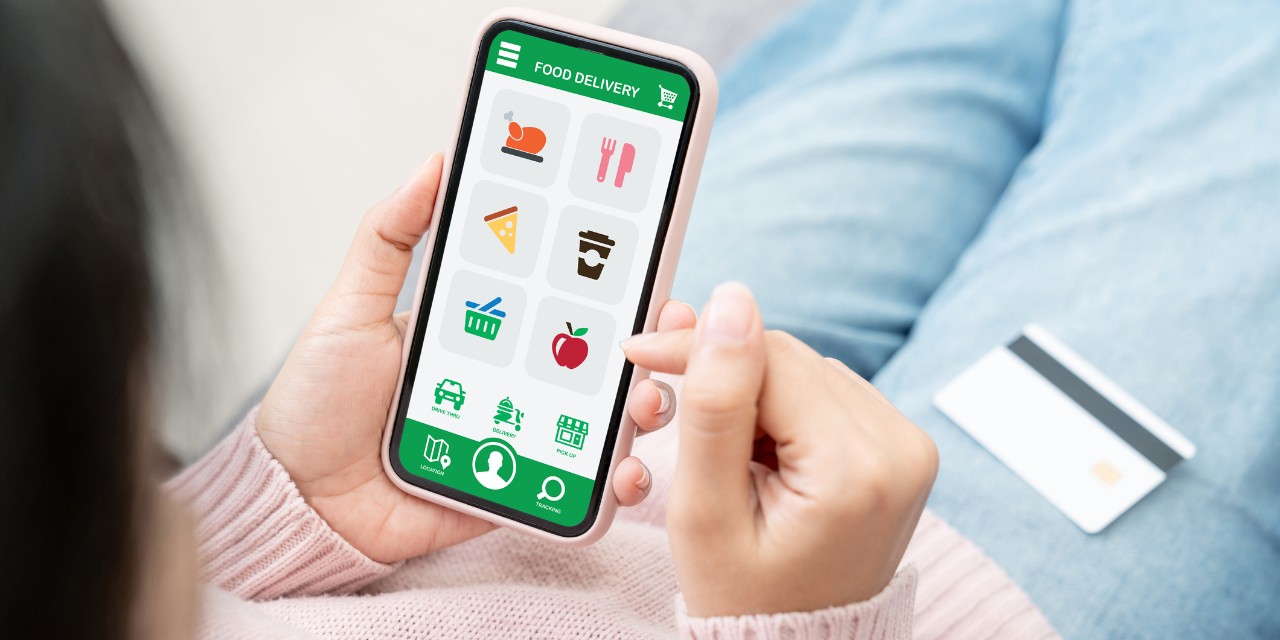-
Taking Control of Your Online Storefront


The other report, from Acosta, finds that 51 percent of online grocery shoppers surveyed said they started during the pandemic and that one in four current online grocery shopping users plan to do more over the next year. When exploring why consumers are drawn to online grocery shopping, the survey found that 68 percent said they appreciate the convenience of the service and 56 percent said the service allows for fast shopping.
With consumers widely embracing online grocery platforms, it’s no wonder retailers are looking to enhance their omnichannel strategy, and if they haven’t already, get it off the ground. But for those retailers well-entrenched in online shopping, these reports beg a different question: is it time to own the entire experience from order to delivery?
This is the exact question CUB, based in Stillwater, MN asked itself.
Consumer behavior has drastically changed since the beginning of 2020 and two recent reports highlight the growth of online grocery shopping and its prospects heading into the future.
According to the latest e-commerce data from Brick Meets Click and Mercatus, online grocery sales reached $8.1 billion in October, up from $6.5 billion in March of 2020, a 24.6% increase.
“As customers became more used to purchasing online and more comfortable in trusting their local grocer to select their groceries for them instead of coming into the store, we realized we needed to own the experience,” said Chad Bersie, director of e-commerce at CUB. “If we are really going to live up to the brand promise of being the community grocer, born and raised in Stillwater and being in the Twin Cities for over 50 years, we knew we needed to control the experience.”
And that’s just what they did. After undergoing significant updates to enhance the customer experience and better replicate in-store shopping benefits, CUB launched a new online ordering storefront in the fall of 2021.
With the new storefront, CUB also increased their oversight of the order, from once it’s placed to the time it’s picked up or delivered. Each order is shopped locally at each store by a fully trained dedicated team of CUB associates. Delivery drivers, facilitated through a network of independent drivers wearing the CUB logo, are trained to prevent bruising, spilling, and tipping of groceries during transit. If there are issues at any point, customer service needs are handled directly at the store where the order was placed.
Having a handle throughout the order experience in a benefit to CUB, but it’s customers also benefit as the new ordering platform allows customers to receive benefits similar to shopping inside CUB locations. When customers use their MyCUB rewards card they gain access to exclusive CUB promotions, pre-loaded savings and digital coupons on hundreds of products, as well as earn fuel reward points on every purchase.
“Part of our business model is to make things easy for customers to engage with CUB. The ability to earn fuel rewards, have access to the same coupons, and get the full value of CUB through our MyCUB rewards in a manner an in-store customer would have is a key differentiator,” said Bersie.
While Bersie states that this move is part of a brand evolution, it’s all about giving time back to the consumer.
“At the end of the day, it’s about delivering that brand promise, even to customers who don’t step a foot in our stores. As we move back to a new normal, we expect consumers to value the time spent with their families and will try to keep as much of that as possible. We think we’re best positioned in the Twin Cities to meet each community’s need in that space.”
